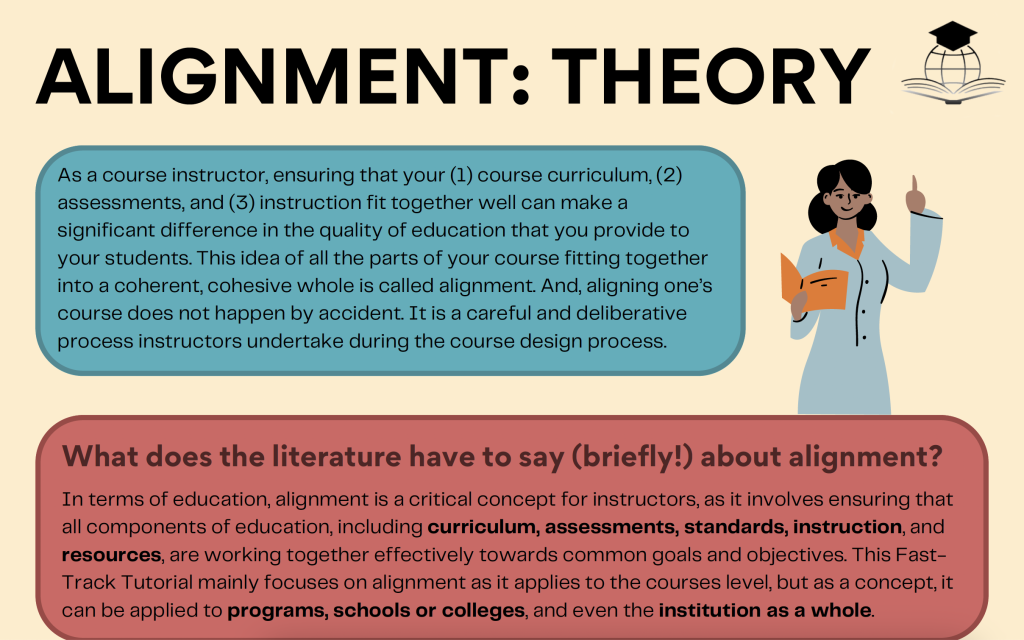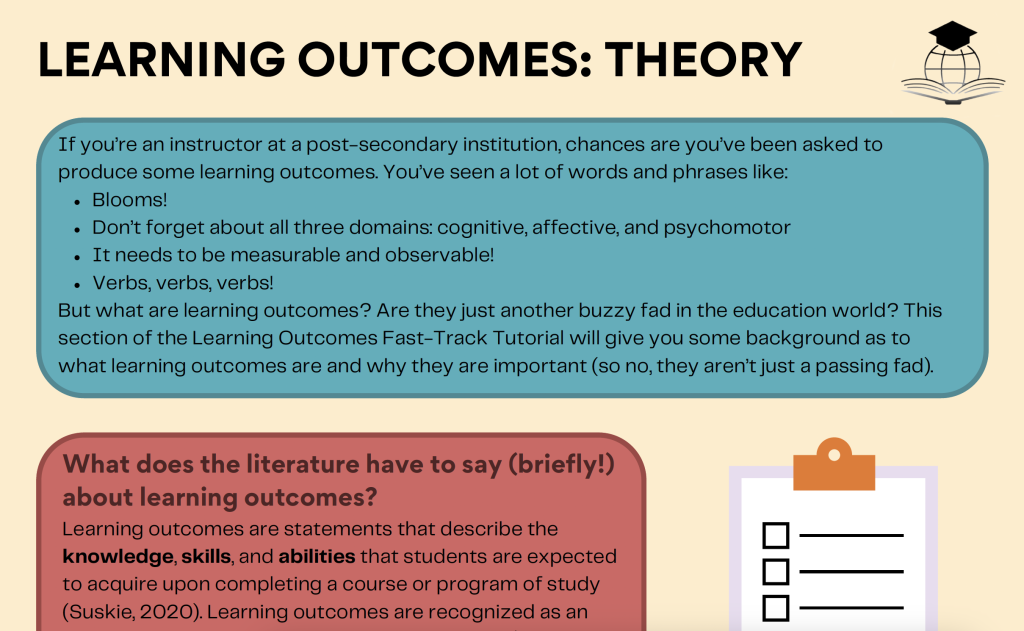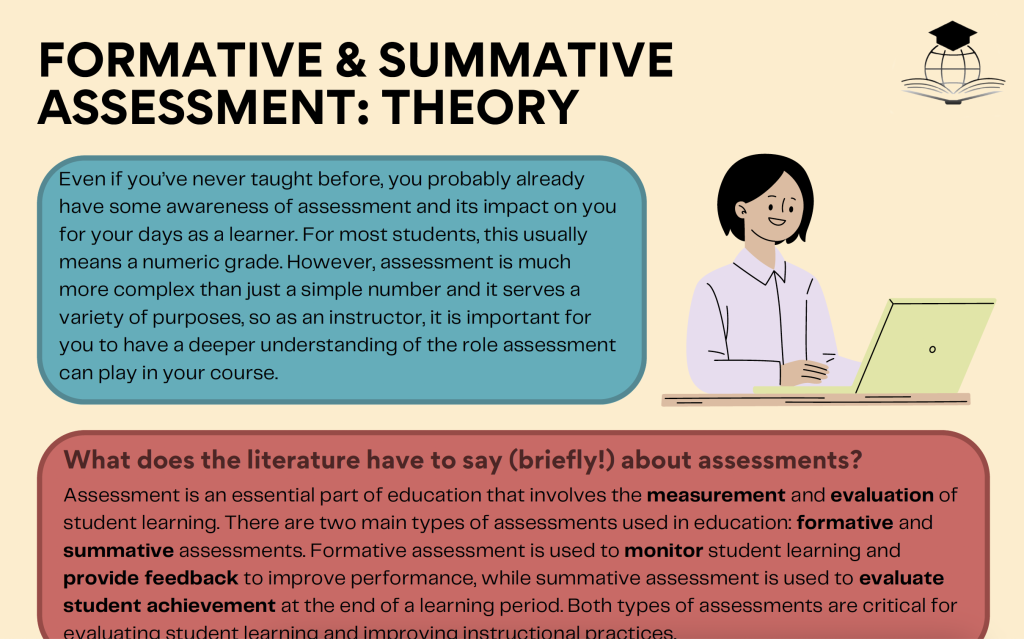Description
Learning Outcomes are pivotal in the educational process, serving as clear, measurable statements that describe the knowledge, skills, and abilities students should acquire by the end of a course or program. Different from learning objectives or goals, outcomes focus on the tangible results of a student’s learning experience. Using tools like Bloom’s Taxonomy, educators can craft outcomes across cognitive, affective, and psychomotor domains, ensuring they are learner-centered, specific, attainable, and concise. Effective learning outcomes guide course design, assessment, and student expectations, ultimately enhancing both teaching and learning.
How To Apply
First determine the domain of your outcome, be it cognitive (thinking), affective (feeling), or psychomotor (doing), using tools like Bloom’s Taxonomy. As you craft your outcome, ensure it embodies characteristics like being learner-centered, specific, measurable, attainable, and concise. This crafted outcome should then seamlessly align with the course’s content, assessments, and instructional strategies. It’s essential to communicate these outcomes to students at the course’s onset, setting clear expectations. Periodically, take the time to review and refine these outcomes based on feedback, course evolutions, or emerging educational insights.




